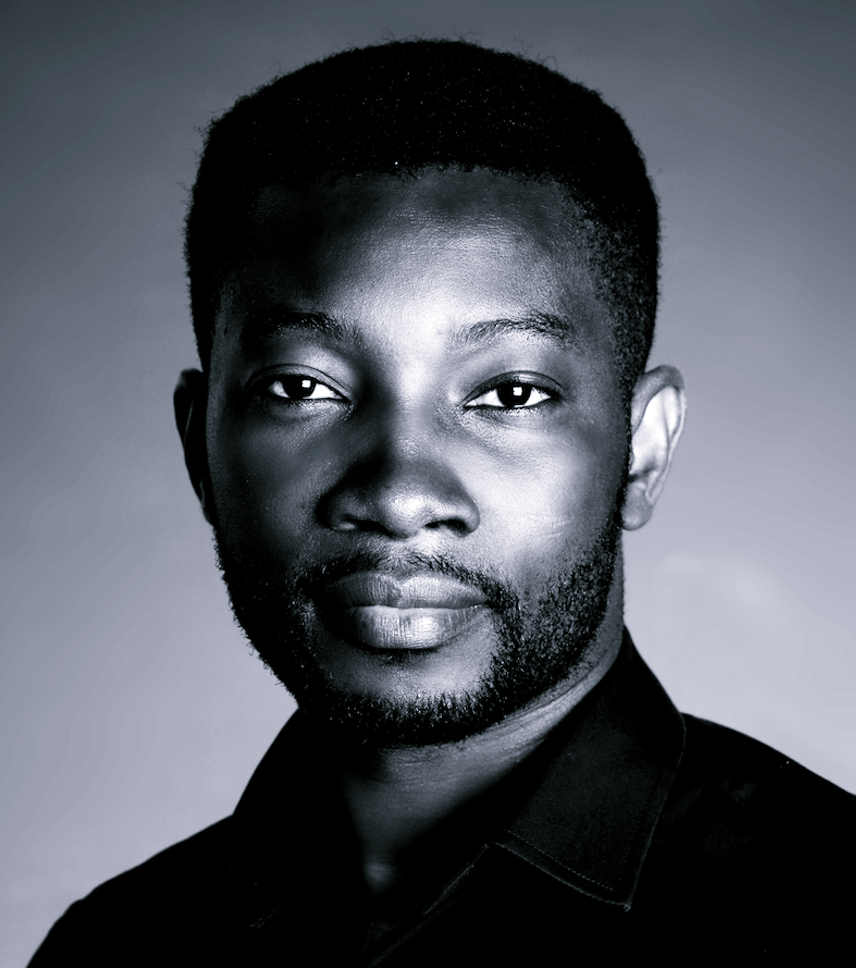Einstein once said, “You can’t solve a problem from the level of thinking that created the problem in the first place“.
The process of thinking involves several levels, but only a few people think beyond the first level.
Multiple level thinking in common among poker players.
It’s a concept that has been made popular by David Sklansky in his book No Limit Hold ’em: Theory and Practice, and defines the different levels of thought that a poker player can occupy when playing:
- Level 0: No thinking.
- Level 1: What do I have?
- Level 2: What do they have?
- Level 3: What do they think I have?
- Level 4: What do they think I think they have?
- Level 5: What do they think I think they think I have?
Thinking in levels can expose flaws in your decision making process, helping you to make choices with little or no blindspots.
In life and business, the person with fewest blind spots wins.
When you think in levels, you don’t decide in a vacuum. You develop a better thought process that saves you from making bad decisions.
You gather pieces of information, analyse the meaning of the knowledge you have gathered, comprehend it, and confirm it, before drawing conclusions.
Multiple level thinkers analyze information as a whole considering its various parts. They synthesize each piece to form a whole.
Robert Sternberg, a professor of psychology and education at Yale University, says that successful people use three kinds of intelligence: analytical, creative, and practical. A successful person, according to Sternberg, uses all three.
Moste decisions we make in life gets processed through our life experiences or the mental models we have gathered over the years — what we have been taught at home and school, what we have read, what we have seen, what we have heard, and so on.
This is how you make sense of our world.
You could say that humans understand the world by building a “model” of it in our minds. When we are trying to decide how to act, we can simulate a situation by running it through the model.
It’s like a simulation of the world inside your brain.
Instead of thinking on the fly, you use mental models to analyse every situation before making a choice.
The 3 thinking levels
“A mind that is stretched by a new experience can never go back to its old dimensions.”— Oliver Wendell Holmes, Jr.
Level 1
Level one thinkers observe, but rarely interpret or analyse what they see.
They take information on the face value. In his book, The Most Important Thing Illuminated, Howard Marks explains:
First-level thinking is simplistic and superficial, and just about everyone can do it (a bad sign for anything involving an attempt at superiority). All the first-level thinker needs is an opinion about the future, as in “The outlook for the companyis favorable, meaning the stock will go up.” Second-level thinking is deep, complex and convoluted.
At level one, there is no reasoning beyond the obvious, no adaptation, or analysis.
Most people get stuck at level 1. They take in facts, statistics and information, but never question the reasoning behind them or make the effort analyse what they have seen, read or been taught.
They obsessively seek out truth that confirms their wordviews and cling to it with little room for metacognition (thinking about their thinking).
Level 2
At this level, you allow yourself to interpret, make connections and meanings.
Steve Jobs once said, “You can’t connect the dots looking forward; you can only connect them looking backward. So you have to trust that the dots will somehow connect in your future.”
Second-level thinking takes a lot of work.
At the second level, decision makers begin to interpret and analyze the pieces they have observed and put them together to form meaning.
This is the level at which we begin to look for alignments, contrast, repetition or improvements.
Many modern innovators who improve upon past inventions instead of transform industries use level two thinking.
Apps that connect better or help us work smarter. Planes that fly farther, faster, phones that process better, cars that are better designed, or are environmentally friendly.
Example, the smartphone has benefited from Moore’s Law — the consistent, significant increase in performance — with processor and connectivity speeds seeing the biggest increments without major breakthrough.
These increments help us save time. They improve upon existing inventionsbut are not transformational.
Level two thinkers synthesis better — build up or connect separate pieces of information to form a larger, more coherent pattern.
They are better at reorganising or rearranging ideas to produce a more comprehensive understanding of the “big picture”.
They can deconstruct assumptions and ideas that are hidden in an idea and detect the relationship among the parts or the relationship between the parts and the whole.
Level 3
This is the alpha stage of thinking.
Level 3 thinkers have the capacity to transfer knowledge, i.e., to apply a concept learned in one context to different contexts than the one in which the concept was originally learned.
Here is a short fascinating story of Steve Jobs’s youthful calligraphy class. After dropping out of school, he wandered into a calligraphy course.
It seemed irrelevant at the time, but the design skills he learned were later baked into the first Macs.
The takeaway: You never know what will be useful ahead of time. You just need to try new things and wait to see how they connect with the rest of your experiences later on.
Level 3 thinkers can view an issue or idea from a variety of viewpoints, standpoints, or positionsto gain a more comprehensive and holistic understanding.
They generate imaginative ideas, unique perspectives, innovative strategies, or novel (alternative) approaches to traditional practices.
This is what gives rise to human genius that change the course of history.
It’s what happens when high performers, and innovations ask questions beyond a mere “why?”.
It’s the source of abstract thought — scientific and artistic creativity.
Global transformational ideas reside in the minds of creative, inventive people who use level 3 thinking.
Society advances through the work of the alphas, because these creatives, innovators, and disruptors present new options and explore possibilities and new territories.
The go beyond the norm, the obvious, and the conventional to make connections.
Aphas are on the forefront of modern medicine and engineering.
Closing thoughts
To improve how you think, find books, blogs, podcasts, or other resources that occasionally make you feel uncomfortable and force you to rethink your perspectives in life.
Everyone has the potential to be an alpha, but when we grow too comfortable to expand our world-view, apathetic or bored to ask “why”, we stop advancing as a species.
Originally Published on Medium.
Follow us here and subscribe here for all the latest news on how you can keep Thriving.
Stay up to date or catch-up on all our podcasts with Arianna Huffington here.


